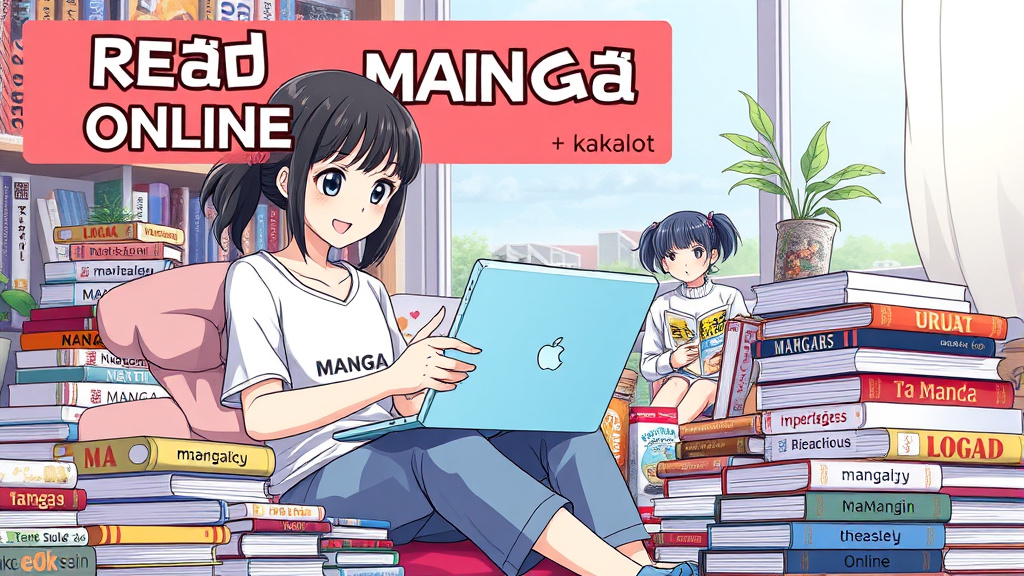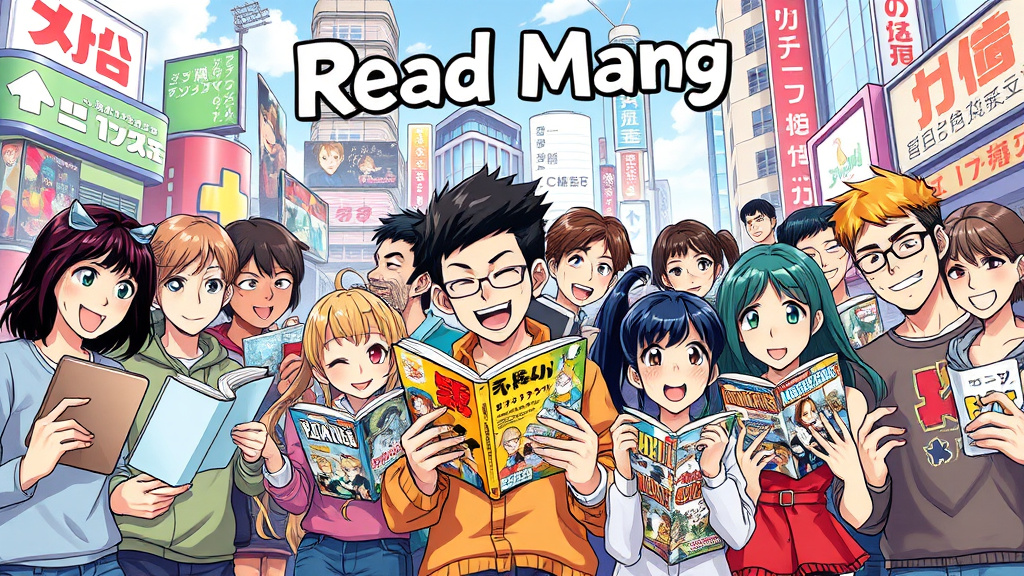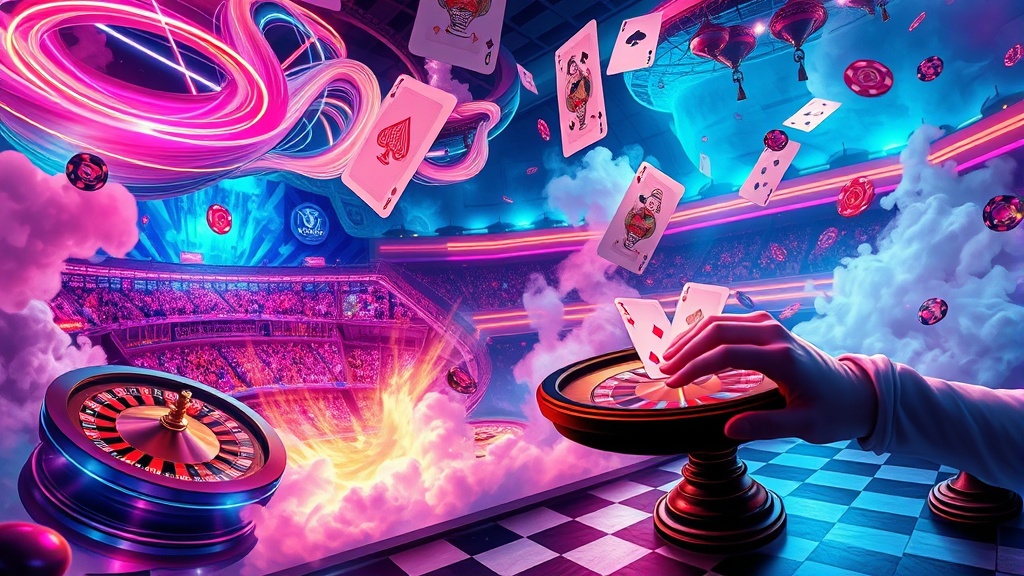The world of manga—a rich and diverse medium of Japanese storytelling—encompasses genres that range from whimsical fantasy to gritty realism. Among its most provocative realms lies rated x manga, a category that pushes the boundaries of artistic expression and societal taboos. This niche of manga not only sparks controversy but also invites critical discussion about freedom of expression, censorship, and the evolving nature of visual storytelling.
Rated X manga is a term used to describe manga that contains explicit, adult-oriented content often bordering or crossing into sexually graphic or taboo themes. It serves as a mirror reflecting some of the deepest facets of human desire, societal anxieties, and cultural taboos embedded within Japanese society and beyond. Despite—or perhaps because of—its controversial nature, rated X manga continues to fascinate both enthusiasts and critics alike, fueling debates about artistic freedom and moral boundaries.
Rated X Manga: Exploring the Boundaries of Artistic Expression
The concept of rated X manga fundamentally challenges conventional notions of morality and decency in artistic media. Creators working within this category often seek to explore complex themes related to sexuality, power dynamics, and human psychology, elevating their work beyond mere shock value. For many artists, it is a form of untethered expression—an opportunity to confront uncomfortable truths, question societal norms, and explore the depths of human experience through compelling visual narratives.
On a deeper level, rated X manga pushes the envelope of what is permissible within the framework of manga artistry. It confronts cultural taboos and invites viewers to examine their own boundaries of acceptability. The detailed craftsmanship involved in such works underscores how artistry can transcend content—transforming provocative material into powerful commentary or avant-garde expression. This intersection of art and controversy prompts viewers to reflect on the fine line between creative freedom and societal responsibility.
 Hình minh họa: rated x manga – manhwa reading sites
Hình minh họa: rated x manga – manhwa reading sitesThe Allure and Controversy of Rated X Manga: A Critical Analysis
The allure of rated X manga resides in its provocative nature and its ability to deliver visceral, unfiltered content that challenges societal standards. For enthusiasts, such works offer an unvarnished view into taboo aspects of human sexuality that mainstream media often ignores or sanitizes. The unfiltered honesty and raw emotion captured in these works can evoke a visceral response, creating a sense of catharsis or voyeuristic thrill.
However, the controversy surrounding rated X manga is equally significant, often rooted in concerns about exploitation, morality, and societal impact. Critics argue that explicit content can perpetuate harmful stereotypes or normalize inappropriate behavior, especially when it intersects with issues of consent and depiction of marginalized groups. Balancing artistic intent with social responsibility remains a persistent dilemma—a debate that fuels ongoing discussions about the role of such works within the broader cultural landscape.

Navigating the World of Rated X Manga: A Guide for Interested Readers
For newcomers interested in exploring rated X manga, understanding the context and recognizing the diversity within the genre is crucial. Not all adult-themed works are the same—some prioritize explicit content, while others embed adult themes within complex narratives and character development. Usually classified by age restrictions, these manga require discernment to avoid works that may be exploitative or offensive.
Engaging responsibly with rated X manga involves researching publishers, reading reviews, and understanding the cultural sensitivities involved. Many works are considered underground or niche, existing outside the mainstream manga industry due to their controversial nature. It’s important for readers to approach these works with critical awareness, balancing curiosity with ethical considerations and respecting the boundaries of individual comfort levels.
Rated X Manga: Censorship, Regulation, and Artistic Freedom
The existence of rated X manga often sparks fierce debates about censorship and regulatory practices. Different countries impose varying restrictions, with Japan maintaining specific laws that restrict explicit material—though underground scenes often flourish through unofficial channels. Censorship can be viewed as a safeguard to protect societal morals, but it also raises concerns about stifling artistic innovation and limiting free expression.
Prominent manga creators have argued that censorship hampers their ability to portray complex, authentic human experiences. Artisans aim to navigate around regulations without sacrificing their creative voices. The tension between regulation and freedom underpins ongoing conversations about legal boundaries, artistic independence, and the cultural importance of diverse narratives, especially those that push societal norms to provoke dialogue or critique established conventions.
The Impact of Rated X Manga on the Broader Manga Industry
While rated x manga occupies a niche segment, its influence extends into the broader manga industry in several ways. Firstly, it pushes industry standards—challenging publishers, artists, and consumers to consider questions of morality, legality, and artistic integrity. This has led to increased discussions about content rating systems, censorship policies, and the importance of consent and representation.
Furthermore, the existence of rated X manga encourages a broader conversation about the diversity of stories within manga—highlighting alternative voices and empowering creators to explore taboo topics responsibly. It also influences mainstream manga by inspiring more nuanced portrayals of adult themes, contributing to a richer, more inclusive narrative landscape. Despite its controversial reputation, rated x manga helps expand the artistic boundaries, fostering innovation and pushing societies toward more open-minded perspectives.
A Historical Overview of Rated X Manga: From Obscurity to Recognition
Historically, rated X manga has evolved from underground “dirty” comics to a more recognized, if still controversial, component of manga culture. In post-war Japan, explicit and erotic manga—known as hentai—began as illicit publications but gradually gained recognition as a legitimate artistic form. The 1980s and 1990s saw rapid growth in this genre, facilitated by the expansion of adult publishing industries and the rise of dedicated manga magazines.
Over time, societal attitudes and legal frameworks have fluctuated, influencing how rated x manga is perceived and regulated. Despite ongoing censorship battles, certain works gained notoriety for their artistic merit, elevating the genre's status within the broader manga community. Today, rated x manga continues to be a complex tapestry—oscillating between taboo and artistic innovation—reflecting societal priorities and the persistent desire for honest representation of human sexuality and experience.
Rated X Manga: Examining the Psychological and Societal Implications
Explicit manga that falls under rated x categories can serve as a mirror to psychological and societal truths, revealing how individuals and cultures grapple with sexuality, power, and identity. Psychologically, these works often explore themes of desire, trauma, and the pursuit of intimacy, allowing creators to process complex emotions and societal pressures.
From a societal perspective, rated x manga can challenge the status quo, prompting conversations about consent, gender roles, and societal taboos. Critics argue that it can perpetuate harmful stereotypes, yet others see it as a vital outlet for marginalized voices or dissenting perspectives. The way such manga impact societal norms depends greatly on context—whether it fosters understanding or reinforces destructive narratives—making it a rich area for ongoing cultural analysis.
Beyond the Taboo: Understanding the Narrative Themes in Rated X Manga
Far from mere shock entertainment, rated x manga often explores profound narrative themes—power dynamics, human vulnerability, psychological trauma, and societal oppression. A well-crafted work in this genre can delve into complex character psychology to reveal layered stories about human nature and societal critique.
By transcending simplistic stereotypes, many rated x manga challenge viewers to question their assumptions about morality, sexuality, and agency. These stories may depict taboo subjects but often do so with nuance and depth—highlighting themes like consent, emancipation, or gender fluidity. The result is a genre that, despite its controversial reputation, can serve as a mirror and a critique of real-world issues, making it a compelling component of contemporary manga storytelling.
The Art of Rated X Manga: Techniques, Styles, and Visual Storytelling
Artists working within rated x manga demonstrate a mastery of visual storytelling—combining detailed anatomy, expressive facial cues, and dynamic panel compositions to evoke genuine emotional responses. The stylistic approaches can range from hyper-realistic to highly stylized, depending on the message and audience.
The visual techniques employed often enhance narratives by emphasizing intimacy, vulnerability, or tension. Artists may employ innovative shading, perspective, and motion effects—not just to depict explicit scenes but to evoke mood and psychological nuance. The art in rated x manga serves as a critical conduit for storytelling, transforming provocative content into a sophisticated exploration of the human condition through powerful imagery and visual artistry.
Ethical Considerations in the Consumption and Creation of Rated X Manga
Engaging with rated x manga raises important ethical questions surrounding consent, exploitation, and societal responsibility. Creators must navigate themes of sexuality with sensitivity, ensuring that their work respects individual dignity and avoids harmful stereotypes. For consumers, recognition of the ethical implications—such as avoiding works that depict non-consensual acts or exploit marginalized groups—is paramount to responsible enjoyment.
Furthermore, the line between artistic expression and moral concern becomes especially delicate in rated x manga. As audiences and creators push boundaries, ongoing discourse about the impact of explicit content on societal values and individual well-being remains essential. Balancing freedom of expression with ethical responsibility creates a framework where provocative art can provoke thought without causing harm, fostering a culture of respect and nuanced understanding of deeply personal themes.
Conclusion
In summary, rated x manga exemplifies the complex intersection of artistic freedom, societal norms, and cultural taboos. It pushes boundaries both visually and thematically, prompting vital conversations about morality, censorship, and the role of art in expressing human desire and vulnerability. While it remains a controversial genre, its significance lies in its capacity to challenge perceptions, foster debate, and inspire artistic innovation. As the manga industry continues to evolve, so too will the exploration of these provocative narratives, ultimately contributing to a richer, more inclusive discourse about sexuality and human experience within the artistic landscape.





